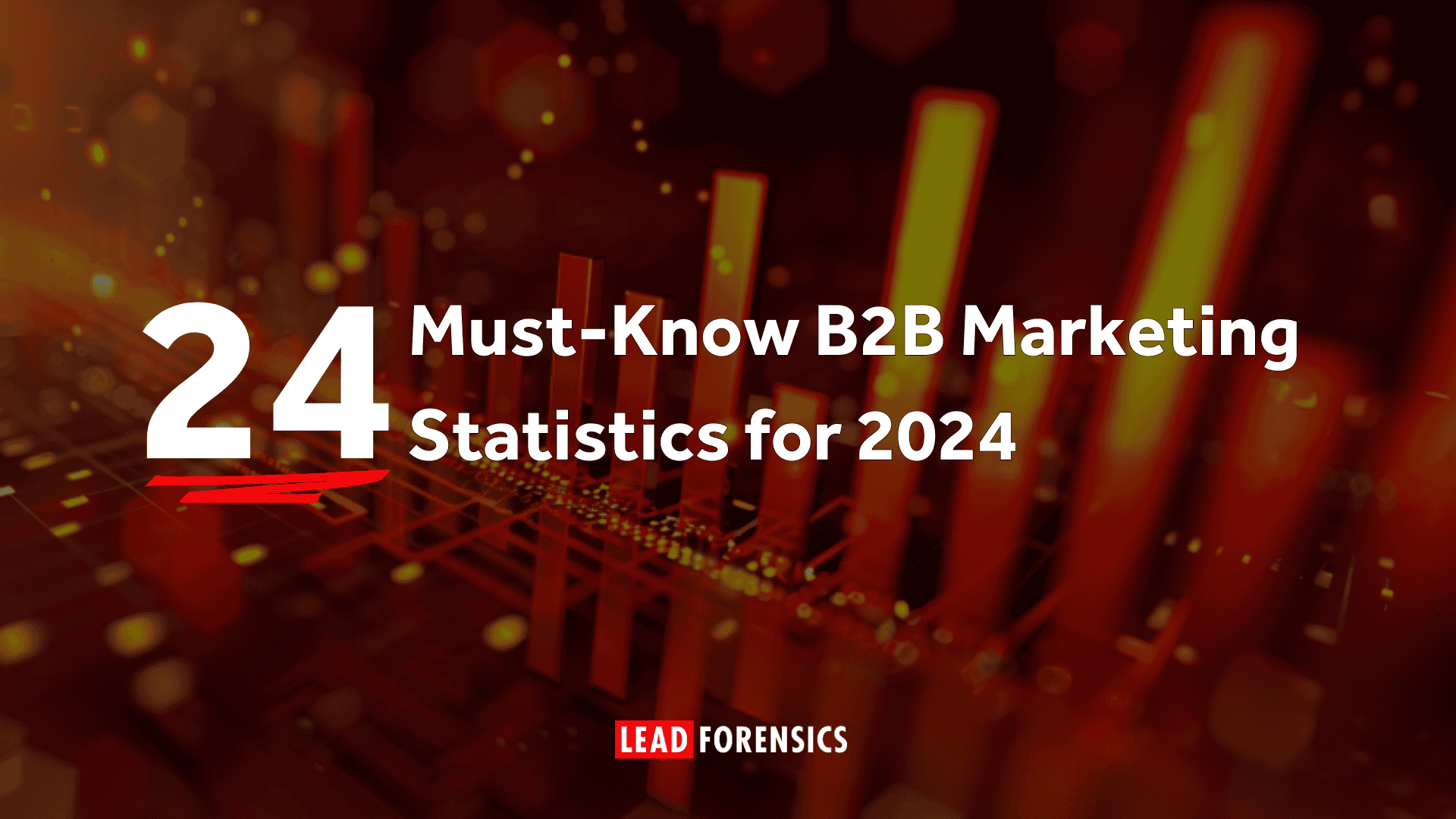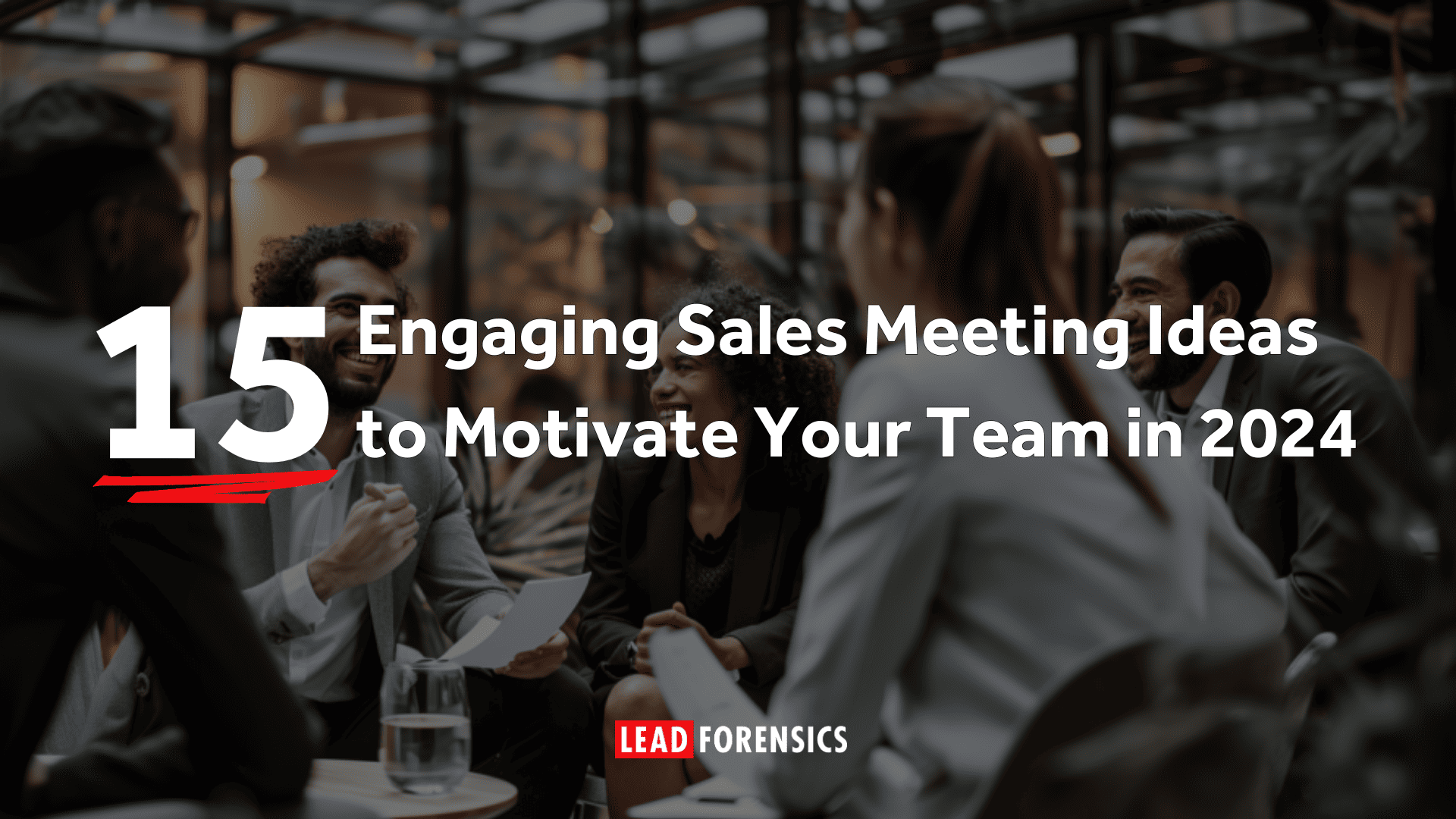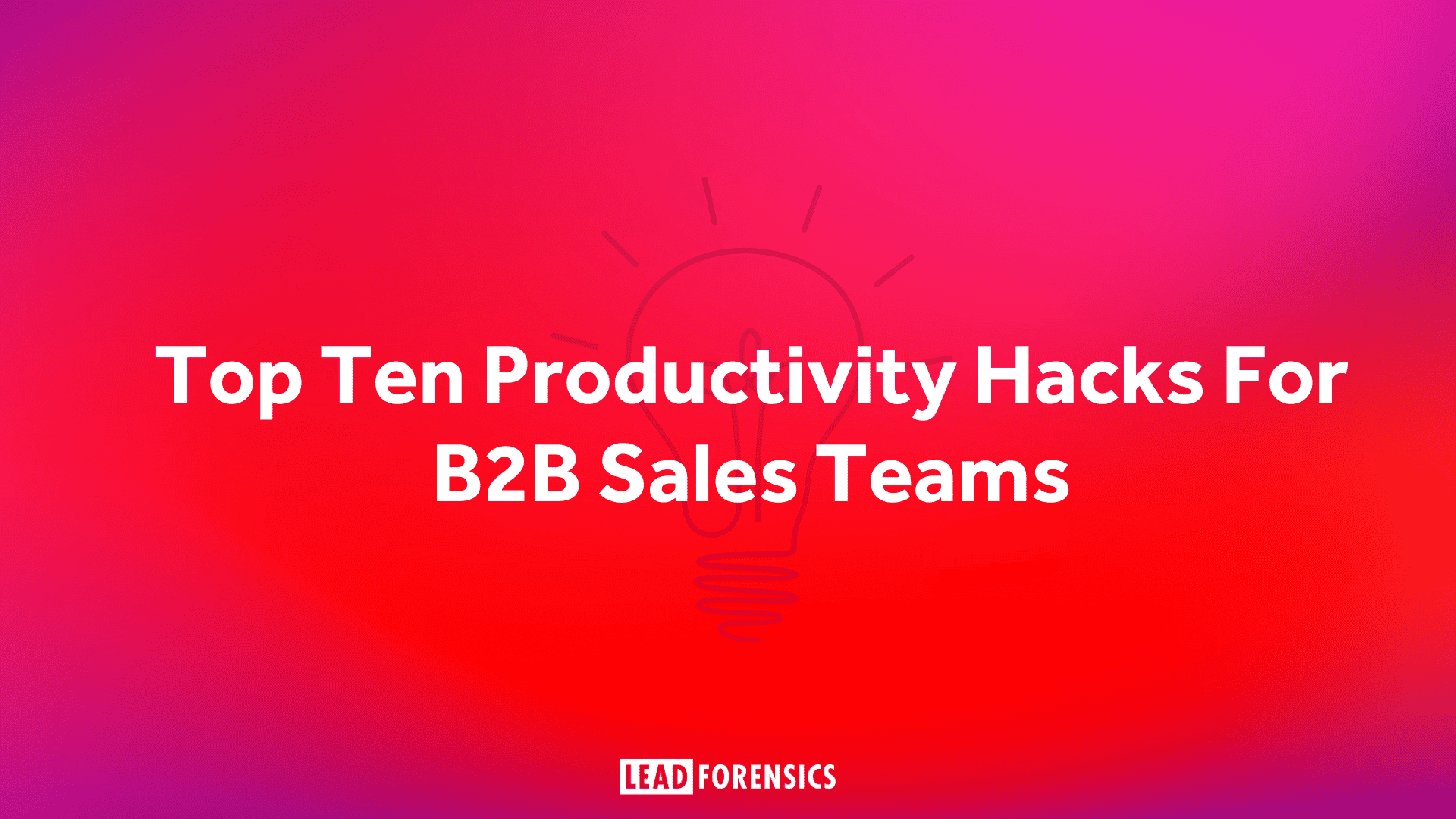When outlining your B2B marketing and B2B sales processes, one of the first things you need to do is figure out who you are actually going to sell to – the B2B decision makers. Who is it that you need to be talking to in order to land those sales?
Sadly, the nature of this process means there is no magic formula and many different variables will determine the answer to the question.

Know your Ideal Customer Profile (ICP)
Firstly, you’ll need to know your Ideal Customer Profile (ICP) to ensure you’re targeting the right businesses and people.
By understanding who your ideal customer is, you can better tailor their sales pitch and approach. An ideal customer profile includes basic demographic information like age, gender, location, and income. But it also goes deeper, into things like what motivates them, what their pain points are and what they’re looking for in a product or service.
Understand the buying process
The first step is to identify companies you will approach and to work out how they go about buying the type of product you’re offering. You need to figure out where your offer lies within a matrix of cost and strategic value.
For example, if you’re selling stationery, then you’re in the low cost, low strategic value bracket. The B2B decision maker is most likely to be either the purchasing department in a bigger company, or an officer manager in a smaller one. And there’s going to be little need for you to engage with anyone higher up in the company in order to get your sales.
However, if you are selling high value machinery, then your product will fall into the high cost, high strategic value bracket and the entire buying process will be very different.

In order to accurately pinpoint who you should be talking to, you need to have an idea about the budget percentage you’re asking for and how important your solution may be in helping the prospect achieve their business goals.
Of course, the more budget you’re asking for and the more strategic the purchase is, the more complex your B2B sales cycle is going to be. It is likely to involve a lot of people who won’t just be accountable to themselves.
Sometimes it can be enough to just pick up the phone and ask whoever answers some questions about how the company goes about buying. But at others, you may need to find answers and clues as to who is involved with bigger decisions in newspaper reports, on their website, in company news and from other sources.
Know who’s who
Next, you need to get a picture of who specifically is going to be involved, a name and an email address being the main objective. The way decisions are made can vary significantly.
If sales are handled by a project group or task force of B2B decision makers, then it usually means several people from various departments will form part of the mix.
It could be that the group is charged with finding out everything they can, before presenting it to the board who make the final decision. Or, it could mean they have the power to decide – perhaps up to a certain budget level.
When you start engaging with a potential client company, you need to start building up a bank of intelligence on them. Who is who within the company? How do they go about making purchasing decisions, particularly in relation to a product/service like yours?

Research, research, research
LinkedIn is about to be your new best friend when it comes to identifying B2B decision makers within an organisation.
Consider looking at other channels too, including social media platforms, industry magazines and company publications to research B2B decision makers. All your sales research should be aimed at giving you a better idea about your target client.

The amount of time you choose to spend on this will depend on the potential value they could have for you. If we’re talking about a 5 year project that will be 70% of your revenue, then, by all means, take all the time you need.
Conversely, if you need to close 20 deals per month then you’ll need to use a different strategy.
Some common job titles that indicate decision-making authority include CEO, CFO, CIO, CMO and VP of Sales. If you’re not having any luck finding decision-makers on your own, try asking around. Talk to your network of contacts and see if anyone has any insights. You may be surprised at how helpful people can be!
If you’re a Lead Forensics customer, then it’s easy to identify the key players within a company and to get their name and email address. From there you can check to find them on other channels too and start the lead nurturing process.
Find the champions and influencers
The bigger the sales accounts you are aiming for, the more corporate culture and politics that will come into the equation. That makes it even more important for you to find the champions and influencers within the target account.
Those are the people who aren’t necessarily the B2B decision makers (often they are not), but people whose status within the company can help you influence the B2B decision makers or advance your cause from the inside.
Sometimes it simply means picking up the phone and asking whoever answers, “Could you please help me. I’m trying to figure out who I actually need to talk to regarding…”. You’ll probably end up with an answer in more than half the cases if you try this approach.

If not, alter the words you use and the way in which you say them, to see if you get different results.
Use account based marketing (ABM)
ABM is all about building a database of particular people at a company who you need to talk to and influence in order to advance your sales.
Once you have identified the B2B decision makers, it’s time to produce content specifically aimed at each of them – and of course, to get it in front of them. Consider using both offline and online methods and make use of digital tools that can massively enhance the process.
For example, with IP tracking software like Lead Forensics you can be alerted when a key target visits your website, even if they haven’t converted yet.
Keep track of movers and shakers
One key to success is to realise that people are constantly on the move. They get promoted, move roles or change companies altogether. To stay on top of developments, it’s vital for you to touch base with your bigger leads at least once a month, even if they are a bit cold.
Try and get as much information about these types of changes as possible. If there’s a new person replacing your current contact, then you need to be on top of that immediately.

Your success will depend on how deeply you are already connected with a target account but even if you’re well in there, make sure you never drop the ball. You need to keep yourself abreast of everything that’s going on.
Make the gatekeeper your best friend
Managers and executives often employ executive assistants to help them manage their heavy workload. In sales they’re called ‘gatekeepers’ as one part of their job is to screen incoming requests and only pass on those that are really important to the B2B decision makers.
The ways and means you can use to get past them are as old as time. It’s a core skill every salesperson needs to learn. Our top tip for you here is to aim to make them your best friend.

They have a really hard job and the last thing they need is for you to be super pushy. Acknowledge their job and help them achieve it. It could see your email or call slip through a little sooner.
Find the correct approach
Once you’ve identified who you need to speak with, you also need to figure out how best to approach them. If you’re trying to reach an old-school property type, who is just about confident on emailing, then you’ll need a fairly different approach to a young and hip millennial who was born Wi-Fi-ready.
When dealing with a whole team of people the chances are they’ll all have different preferences that you need to get to grips with. That’s on top of the broader company culture and politics, which makes it a bit of a maze.

Make sure you take good notes as you go along, including anything you learn about individuals and their preferred approach.
Whether you like the idea of a challenge or not, identifying the B2B decision makers is a key part of any consultative selling strategy. So, start talking to people and use well-placed questions to help you find out the answers you need to move ahead with your sale.
Keep in mind that always being helpful and resourceful is the best way to be. If you can find out what they might need in relation to your product and also more broadly, and then help them get it, that’ll be the quickest way towards the negotiation table.
Thank you
Thank you for reading our latest best practice guide on our B2B Sales Blog – “How to identify B2B decision makers”. We publish fresh content every week, so please subscribe for alerts, or come back again for more.
In the meantime, you may be interested to read “Getting past the gatekeeper – the dos and don’ts”
And, if you’re interested in knowing who is visiting your B2B website, you can request a demonstration of Lead Forensics here.







